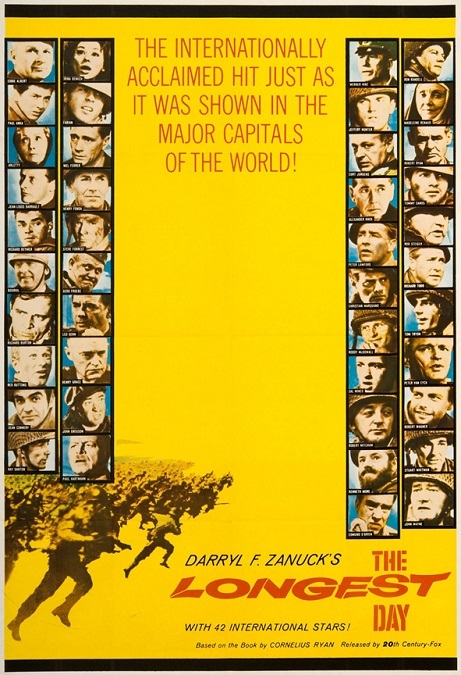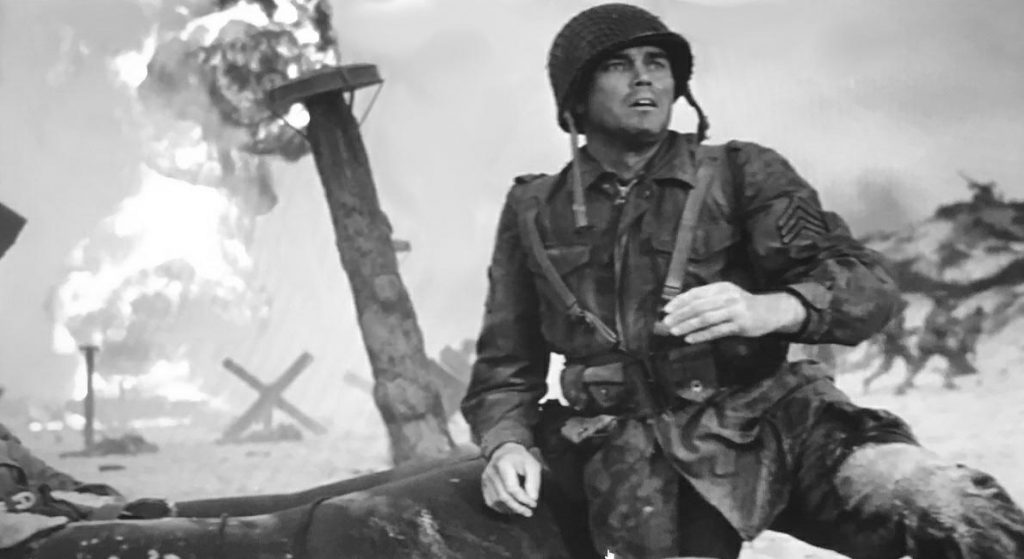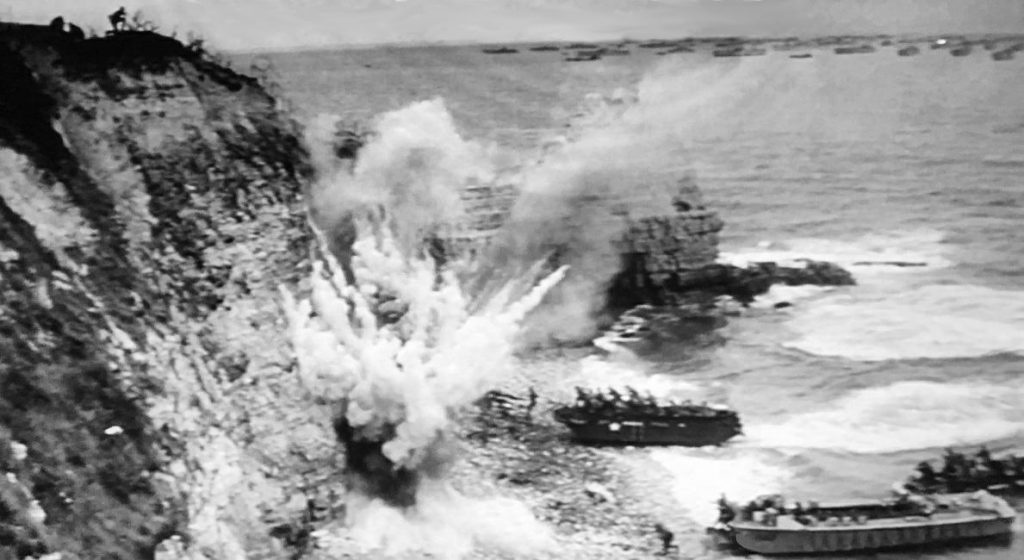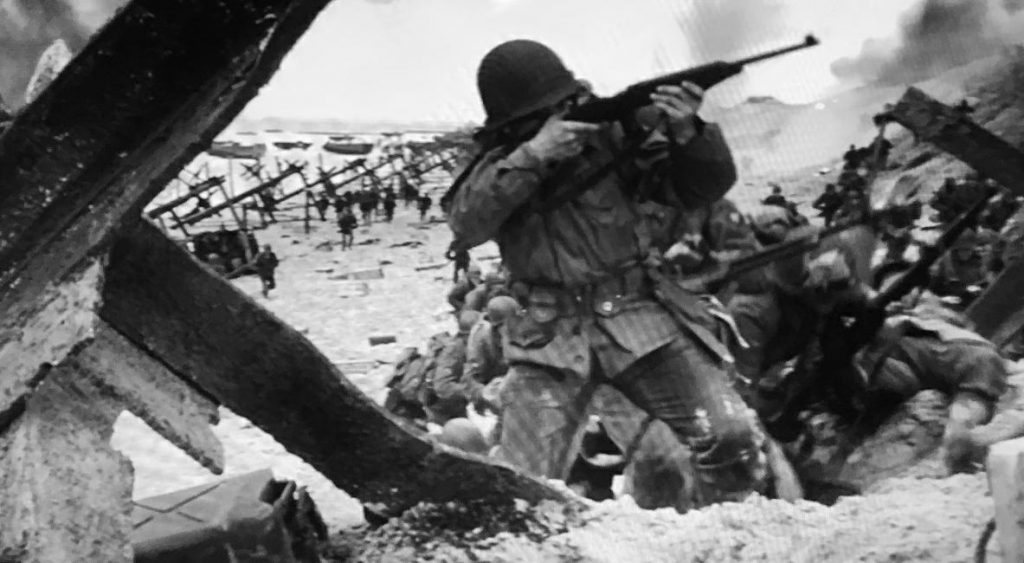



The Longest Day – 1962 (WINNER)

I have to say, right off the bat, that this is one of the best war films ever made. The historical accuracy, the drama, the casting, the acting, the directing, the cinematography, and yes, the special effects, were all top notch. Of course, there was nothing new in the explosions or the gunfire. So why would I call this a five-star Oscar winner? For me, it was the sheer volume of the effects. That might not sound like a great reason for my praise of the film’s achievements, but I’ll explain.
A single explosion is common, unimpressive. If you have ten, they are a little harder to coordinate. But when you have hundreds, as this film did, it would be a massive logistical undertaking. Likewise, a single battle sequence in a movie might be the film’s focal point, or maybe its climax. But The Longest Day had one complex battle sequence after another. The complete chaos of the machinegun fire, exploding shells, smoke, sand, and screams all had to be specifically choreographed, and they did a fantastic job from beginning to end.
The movie was just over three hours long, and the phenomenal battles began around the half-way mark. The rest of the film was almost constant scenes of horrific and heroic war. It was nearly sensory overload. Fortunately, the intense battle sequences were punctuated with important dramatic scenes that were kept brief and to the point. The combination of drama and action was perfectly balanced to keep me on the edge of my seat, making the run-time of the film go by quickly.
Of course, the film was about June 6, 1944, D-day, and I think that one thing many people, myself included, sometimes tend to forget is that the beach assaults were not the only parts of the Allied invasion of France. There were many different facets to the overall plan, and they were each supposed to work in tandem with each other to achieve victory. The film covered most of them, and they each had their own unique elements which directed what visual effects would be required.
For example, in the fields inland from the beaches, there were paratroopers who were shot down as they descended to the ground. Their objective was to derail a train on a bridge over the Douve River. At Pointe du Hoc, they needed to scale a cliff with grappling hooks, ropes, and ladders. At Omaha Beach, there were two German airplanes that riddled the Allied soldiers with bullets. At Sword Beach, there was a tank that was used to demolish a casino. And, of course also on Omaha beach, there were explosives that blew a hole in the German defense wall, allowing American troops to escape the beach where they were being slaughtered.
Just the logistics of coordinating the entire film must have been a nightmare, and it was all spearheaded by producer, Darryl F. Zanuck and a team of different directors. The visual effects artist who took home a well-deserved Oscar was Robert MacDonald, while the man behind the audio effects was Jacques Maumont. They all deserve recognition because they really did a fantastic job!